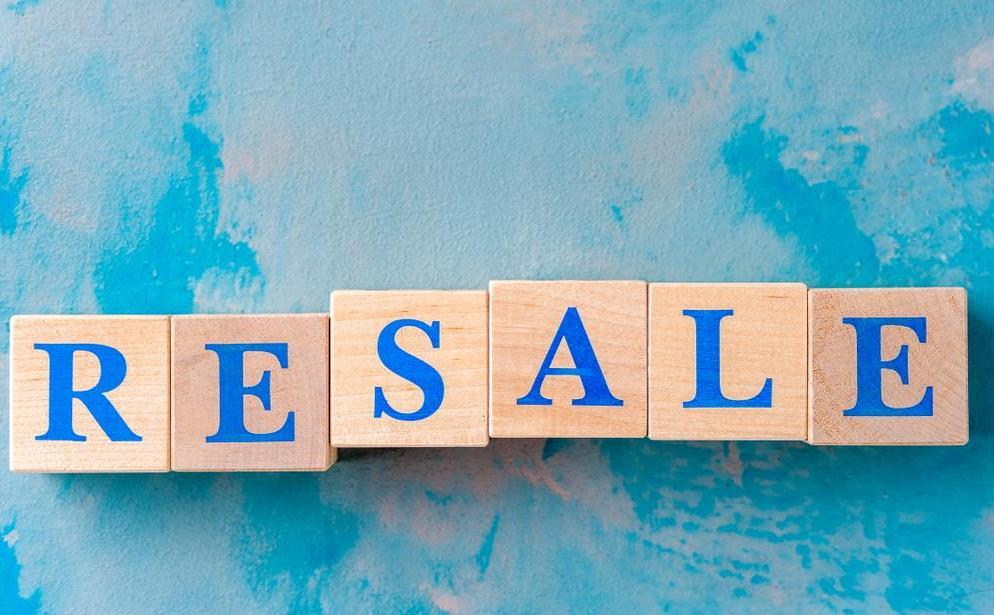As the arts sector closed its doors for the holiday season, the Morrison Government released, on 23 December 2019, the long awaited Review Report of the Resale Royalty Right for Visual Artists Act. The review comes ahead of the Scheme’s 10th Anniversary in June 2020.
In 2009, the then Labor government announced it would introduce a scheme that would pay five per cent in royalties to artists on all works sold on the secondary market over $1,000.
However, the Resale Act, and its associated Scheme received mixed opinions – advocates regarding it as a crucial reform, while critics claiming it would line the pockets of only a few already affluent artists. A decade in, data is only now offering some answers.
With just over 30,000 resales registered under the Scheme to date, there’s plenty of data to draw upon, and yet there has been a lag in delivering report findings, and largely what has been presented, is outdated. Why?
The newly published Review Report states: ‘While some of the forecasting in the Report has been superseded, it provides a comprehensive overview of feedback received from the full range of affected arts stakeholders.’
The Review Report is said to offer an ’informative analysis’ of the Scheme’s operation from 2010 to 2013. As we roll into 2020, one might rightly question how current its data stands. Together with the fact that this current report was released just a week after the Federal Department of Arts was dismantled, questions its level of priority and transparency.
Minister for Communications, Cyber Safety and the Arts, the Hon Paul Fletcher, said in his December news release: ‘The [2019] report found that the Scheme is delivering its key policy objectives of providing financial returns to individual artists, and recognition of their ongoing rights in their work.’
The Review Report’s overarching conclusion was: ‘that it is achieving its key objective of providing financial returns to individual artists. However it is recognised that the Scheme was introduced at a very difficult time for the art market and stakeholder views are polarised.’
Is it working?
This Review Report follows a 2013 initial assessment – Review Discussion Paper and Terms of Reference – which provided a snapshot of the Scheme’s performance during its establishment phase, along with 75 public submissions received from visual artists, peak organisations, public institutions, auction houses, art dealers, art collectors and other interested stakeholders.
At the time of the Review, the Scheme had generated $2.008 million in royalties from 7,700 resales, with royalties for 780 artists or right holders. Living artists have received 95 per cent and Indigenous artists 65 per cent of royalties by volume.
By comparison, at 30 September 2019, the Scheme has generated $7.5 million in royalties from 19,964 resales of work by 1,879 artists or right holders. Living artists have received 86 per cent and Indigenous artists 63 per cent of royalties by volume.
To read the full Review Report of the Scheme published December 2019.
The Review Report’s Executive Summary notes: ‘Although art market professionals expressed concern during the Review about the impact of the Scheme, the art market appears to be adjusting.’
It continues: The Review Report predicts the break-even point of the Scheme, defined as generating as much in royalties as the Government has invested ($2.2 million). The Review forecasts this to occur by April 2014, and it occurred two months earlier.’
‘A key variant from the Review Report is the point at which the Scheme is expected to be self-funding. Deloitte Access Economics estimated that this would be in 2025 with a 15 per cent administration fee. However, the collecting society, Copyright Agency, expects that this will occur by 2020, five years earlier.’
Key findings from the 2013 Review
It should be noted that the findings were largely not updated for the Review Report release in December 2019, placing the Scheme in arguably an opaque position for accurate assessment.
It feels like the Report was ‘shelved’ some time back, only to be dusted off and delivered as a Legislative obligation under the Act.
‘There was a commitment by the Government to review the Scheme within five years of its 9 June 2010 commencement,’ the Report states.
While the Scheme has broken-even on its set up investment, and the percentage of royalties paid has continued to grow in a difficult period for the Australian Art Market, the Scheme is yet to be self-funding. The report shows:
Administration Cost
- In the three years to 30 June 2013, the Scheme cost $1.99 million to establish and administer. This includes $1.85 million from the Australian Government and $142,000 in administration fees deducted by the collecting society from royalties.
- In 2013-14, the Australian Government invested a further $300,000 for the Scheme’s administration and $50,000 for independent data analysis and modelling as part of the Review, bringing total Government funding to 30 June 2014 to $2.2 million.
- Modelling shows that the cost to administer the Scheme will be up to $350,000 per annum.
- Australian Government funding for the Scheme ceased on 30 June 2014.
Under the Resale Royalty Right for Visual Artists Act 2009, auction houses and galleries are required to report resales to Copyright Agency, the collecting organisation for the Scheme. Copyright Agency then determines eligibility, collects royalties and pays it to the artist or other rights holders. Resale rights apply to artworks by living artists and for 70 years after an artist’s death.





